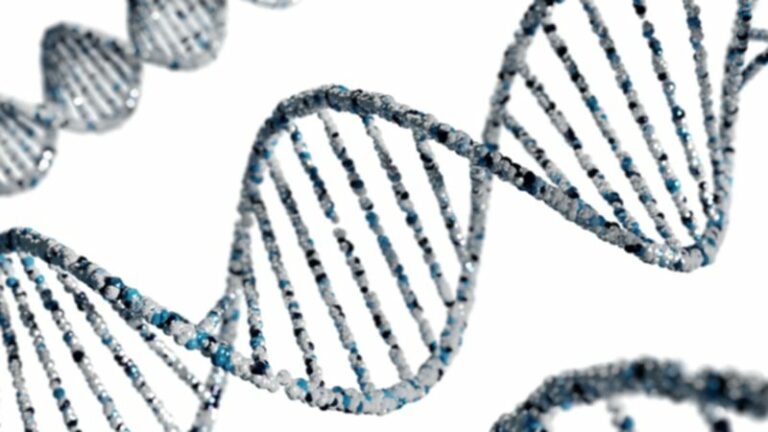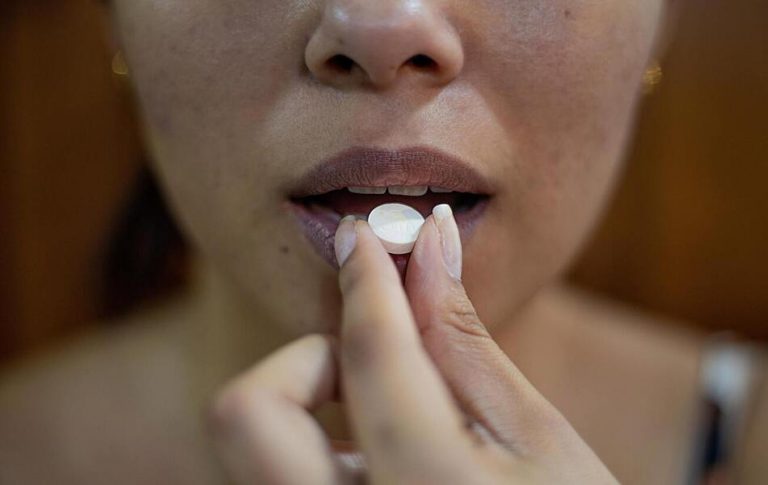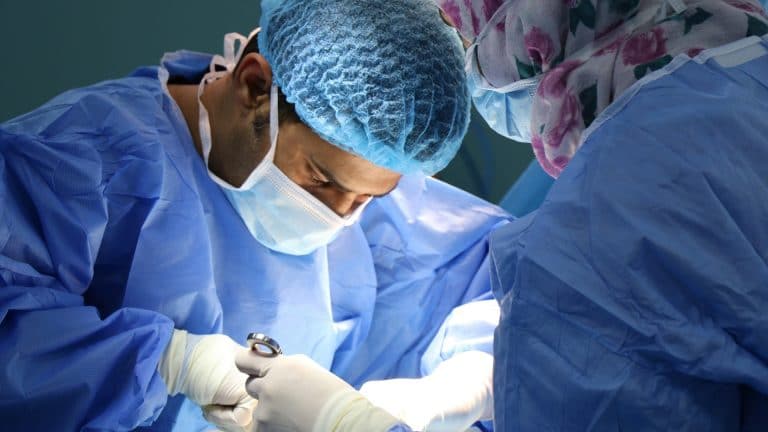What Happens if a Woman Takes a Testosterone Booster

Many are unaware that testosterone is a hormone both men and women have, just like estrogen. Naturally, testosterone is the hormone that gives men their deeper voices, facial hair, and bigger muscles. But women have it too, and not having enough of it can be detrimental to their health.
These facts raise certain questions, though. Why would women need more testosterone? What happens if a woman takes a testosterone booster? Are the side effects the same as they are in men? Keep reading to find out.
What You Should Know About Testosterone for Women
Testosterone levels in a woman’s body change over time. What’s more, they do so regularly, since various things can affect them.
A normal testosterone level in women has a positive effect on their:
- sex drive
- muscle mass
- production of red blood cells
- fat distribution
- fertility
So, although many people seem to think testosterone is exclusively a male hormone, it actually plays a big role in women’s health as well. Naturally, men still have much higher testosterone levels, just as women have much higher estrogen levels.
What Does Testosterone Do for a Woman?
Although testosterone is primarily a male hormone (i.e., an androgen), it’s also produced in the ovaries and adrenal glands, though in far smaller amounts. It provides numerous benefits and has a significant function in the body, especially when combined with estrogen. Some of the main effects of this symbiosis and the main benefits of testosterone for women are:
- help with reproductive tissue growth
- help with reproductive tissue repair
- effect on behavior
What Is the Normal Level of Testosterone in a Woman?
The answer to this question is presented in ranges, shown in nanograms per deciliter. The older women get, the less testosterone they require, and the less of it is produced by their bodies.
Here’s a table presenting a normal total testosterone range for women depending on their age.
| Age | Testosterone range |
| 6 months–9 years | <7–20 ng/dL |
| 10–11 years | <7–44 ng/dL |
| 12–16 years | <7–75 ng/dL |
| 17–18 years | 20–75 ng/dL |
| 19+ years | 8–60 ng/dL |
Higher or lower levels than the ones shown here can be harmful for your overall health. However, bear in mind that these ranges aren’t exactly carved in stone since they might vary slightly depending on several factors.
How Do Women Produce Testosterone?
Understandably, testosterone production is not the same in women as it is in men. All testosterone in women is produced in three different organs.
- One-quarter of the needed amount is produced in the ovaries.
- Another quarter is produced in the adrenal glands.
- The remaining half of all testosterone in the female body is created in specific peripheral tissues from precursors made in the adrenal gland and ovaries.
What Happens When a Woman Has Low Testosterone?
Several symptoms can occur in this case, the most common ones being:
- fatigue
- drowsiness
- muscle weakness
- lowered bone density
- sleep issues
- poor sex drive
- vaginal dryness
- fertility issues
- irregularities in the menstrual cycle
- weight gain
None of the symptoms are extremely serious, and they’re often similar to those of conditions like anxiety, depression, chronic stress, thyroid disease, and others.
In most instances of low testosterone in women, the symptoms occur:
- as a normal consequence of aging and menopause
- as problems with the pituitary gland, adrenal gland, or the ovaries
As you age, your body will produce less of most hormones, including both testosterone and estrogen, so you should have that in mind if you’re worried about lowered testosterone levels.
Symptoms of High Testosterone in Women
The symptoms of high T-levels in women can be just as problematic as the ones caused by lower levels. That’s why it’s vital for every woman taking T-boosters to understand what might happen if she’s not careful with the amount she’s taking.
Here are some of the most common symptoms of high T-levels in women.
- excess body hair (usually facial hair)
- balding
- deepening of the voice
- acne
- reduced breast size
- muscle mass gain
- enlarged clitoris
There are also other, more detrimental high testosterone effects on women, such as:
- lower libido
- mood changes
- menstrual cycle irregularities
- obesity
- infertility
Because of the subtler side effects of too much testosterone in women (like unwanted hair growth) it’s usually easy to detect increased testosterone levels. The longer you have higher T-levels, the more symptoms you’re likely to experience. That’s why it’s important to do a testosterone test as soon as you notice some of these side effects.
You should always consult your doctor if you notice the side effects discussed here, and they will likely give you a specific treatment after you’ve done a test. In most cases, treatment for a woman with high testosterone levels is based on medications like glucocorticosteroids, spironolactone, metformin, and oral contraceptives.
Why Would a Woman Have High Testosterone?
Besides using testosterone boosters to excess, there are also certain ailments and hormonal disorders that can affect a woman’s T-levels:
- Hirsutism – a hormonal condition that causes undesired hair growth in women, especially on the back, chest, and face.
- Congenital adrenal hyperplasia (CAH) – one of the most common causes of high testosterone in women that can cause severe acne problems, early onset of pubic hair, masculine features, and infertility.
- Polycystic ovary syndrome (PCOS) – a hormonal disorder that can cause unwanted body hair growth, prolonged periods, enlarged ovaries, and other complications like infertility, type 2 diabetes, and obesity.
How to Boost Testosterone in Women
As you already know, testosterone boosters can be taken in precisely determined doses to achieve this goal. However, if she prefers to naturally increase her testosterone, a woman can also try:
- getting more physical activity
- lifting weights
- a balanced diet with enough protein, carbs, and fat
- relieving stress
- getting healthy amounts of vitamin D (from sunning or vitamin D supplements)
- getting healthy amounts of zinc (from food or supplements)
- getting enough sleep
- avoiding estrogen-like chemicals
It must be noted, however, that these methods can only alter T-levels to an extent which is usually not enough in case of more serious hormonal issues.
Can Women Take Testosterone Boosters?
Yes, women can take testosterone boosters. However, you need to be careful with the amount you take to avoid the problems already mentioned here.
How Many Milligrams of Testosterone Should a Woman Take?
The right testosterone dosage for females depends on a person’s testosterone level, the benefits she wants to obtain, and the type of therapy. It’s important to consult a doctor first and see how much testosterone would be necessary.
Bottom Line
If you ever wanted to know what happens if a woman takes a testosterone booster, we hope that you’ve found your answers. As we’ve mentioned, women can benefit from taking testosterone boosters, but they need to be very careful with the dosage. If you’re considering them as well, don’t forget to consult your doctor before taking this or any other new supplement.






